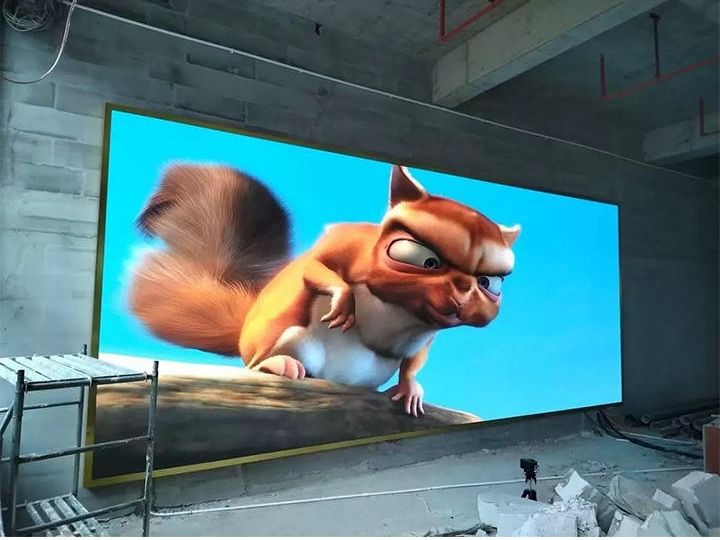The emergence of LED display screens in conference rooms, with their comprehensive performance advantages, is becoming the preferred solution for enterprises to upgrade their conference spaces, injecting new vitality into efficient communication.

1、 High definition picture quality: details are fully displayed, visual experience is upgraded again
The data reports, engineering drawings, product design drawings and other key information in the meeting have extremely high requirements for display accuracy. The LED display screen in the conference room adopts high-density LED bead arrangement, with pixel spacing as low as 0.9mm and 1.2mm, achieving ultra high definition display effect. Whether it is complex Excel data tables or fine CAD design drawings, every number and every line can be presented clearly, eliminating the problems of traditional projection “blurring and whitening” and “loss of details”.
At the same time, LED displays have the characteristics of wide color gamut and high contrast, which can accurately restore the true colors. When displaying product promotional videos and brand PPTs, bright colors paired with deep black backgrounds make the picture more layered and impactful; Even in bright natural light environments, its high brightness (usually up to 500-800cd/㎡) can easily resist environmental light interference, without the need to pull curtains or turn off lights. Attendees can see the screen content from any angle, completely saying goodbye to the embarrassment of “squinting for details”.
2、 Flexible adaptation: seamless splicing to meet diverse space requirements
The size and layout of meeting rooms in different enterprises are different, and traditional display devices are often limited by size, which makes it difficult to perfectly fit into the space. The LED display screen in the conference room adopts a modular splicing design, which can be freely combined according to the actual size of the conference room (such as 2-3 meters wide for small conference rooms and 8-10 meters wide for large lecture halls). Whether it is a square, rectangular, curved, or irregular screen, seamless splicing can be achieved, eliminating the “black edge gap” of traditional LCD splicing screens, presenting a complete and coherent picture, making the conference presentation more immersive.
In addition, the light and thin characteristics of LED displays (usually only a few centimeters thick) greatly save installation space. They can be wall mounted, floor standing large screens, and even support mobile bracket design, meeting the needs of temporary meetings and multi venue reuse, and flexibly adapting to the diverse office scenarios of enterprises.
3、 Intelligent interaction: efficient collaboration, breaking down communication barriers
Modern conferences are no longer a one-way demonstration mode, but emphasize “multi-party interaction and real-time collaboration”. The LED display screen in the conference room can easily connect to computers, mobile phones, tablets and other devices, and supports wireless screen mirroring and multi screen interaction functions
Some high-end LED displays also integrate touch interaction functions, allowing participants to directly annotate and circle key content on the large screen. The modified content can be synchronized to all connected devices in real time, avoiding the inefficient scenario of “one person explaining, everyone bowing their heads to take notes”.